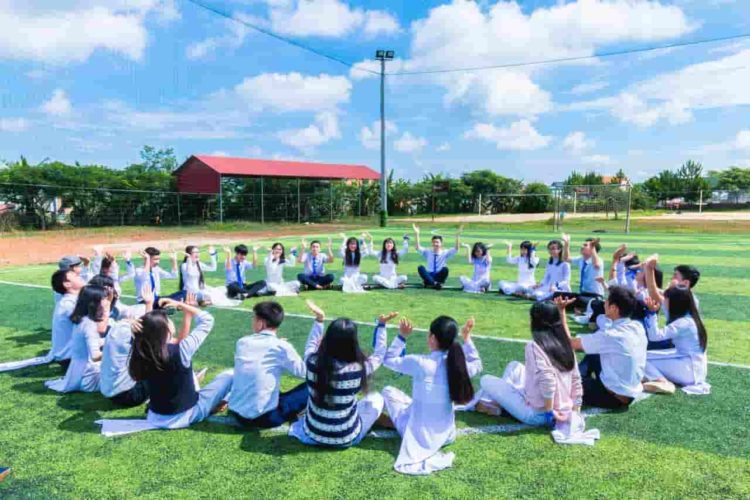Schools are facing one of the biggest disruptions in history with billions of learners getting affected all over the world. One of the immediate effects in the early days of the pandemic was the closure of schools affecting over 95 percent of the learners across the world.
Fortunately, school administrations, in collaboration with the government, have come up with a measure to curb the spread of the coronavirus. All schools were asked to come up with ways to promote social distance as one of the biggest solutions. This is where the temporary school buildings came in to help schools create more learning spaces.
Types of Temporary School Buildings
To create more learning space during the COVID-19 pandemic and promote social distance, schools have adopted temporary school buildings in a different area.
· Temporary classrooms – They are also called portable classrooms, which are at the heart of creating more space for schools. They can be hired as a complete portable classroom that is lifted or assembled in the school compound, especially if the school has tight spaces. They are then equipped with desks and social distance is maintained as needed.
· School halls and other large spaces – COVID-19 pandemic also led to the need for large halls for sports, games, concerts, and other functions in schools. Large industrial tents, maxi-space buildings, and customized steel structures from Smart-Space in the UK and other similar temporary school building providers are used to making sports halls. Some are complete with walls whiles others are just steel-framed shades to provide large spaces for sports. Some are also used to conduct examinations and for student assemblies.
· Temporary offices – Teachers and tutors, who are at a similar risk of contracting coronavirus, also need to maintain social distance at all times. Schools are also required to increase space for tutors and temporary school buildings are also used to create the much-needed space. Some are big enough that teachers can create workstations while maintaining social distance.
· Temporary libraries – Learning centers that require students to visit libraries to research are also required to create larger studying areas to space the tables and sitting areas. Again, temporary school buildings are used very well to create more space for libraries.
· Temporary washrooms and bathrooms – School kids are required to maintain social distance even when visiting the washrooms. On top of creating hand washing areas near the washrooms, schools are also required to add more toilets and washrooms. In the early days when the pandemic was at its peak, schools also needed to create separate corridors to avoid contact as much as possible when using washrooms. Again, temporary school buildings have been of great use in these areas.
Benefits of Temporary School Buildings
During this time of COVID-19, temporary school buildings have delivered a lot of benefits for schools. According to health officials, schools that could meet the social distance requirements by creating more space in schools were allowed to open immediately. Although they resumed learning programs cautiously, students can now continue learning.
The other major benefit is the economic factor of the temporary school buildings. These structures are more affordable and have saved schools a lot of money. If they were to make permanent structures, most of them would not have resumed by now.
Lastly, the flexibility of temporary school buildings has helped schools achieve more goals than just social distance and curbing the spread of the COVID-19 virus. They are also used to the advantage of enhancing learning, accommodating more students, promoting sports, and even during examinations.
Conclusion
The use of temporary school buildings has gained popularity in the midst of COVID-19. Schools are not likely to go back to the use of permanent structures, which are more expensive and need a lot of time to build. If you have a school, you can also use these structures to create more space.

